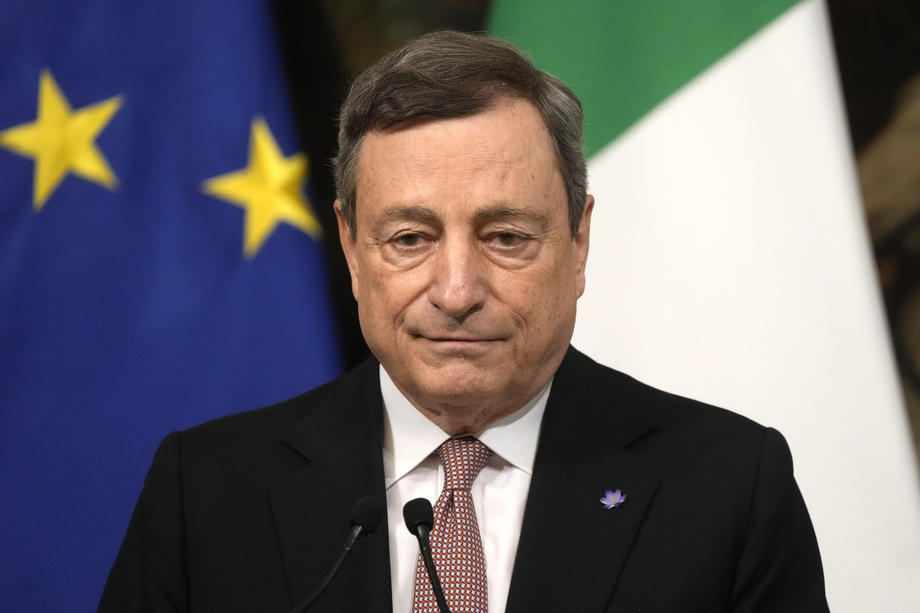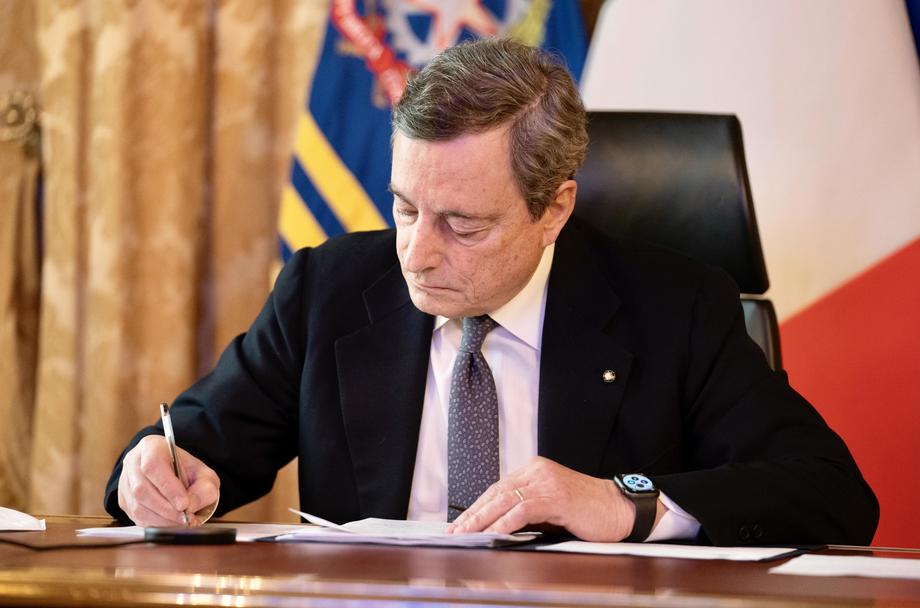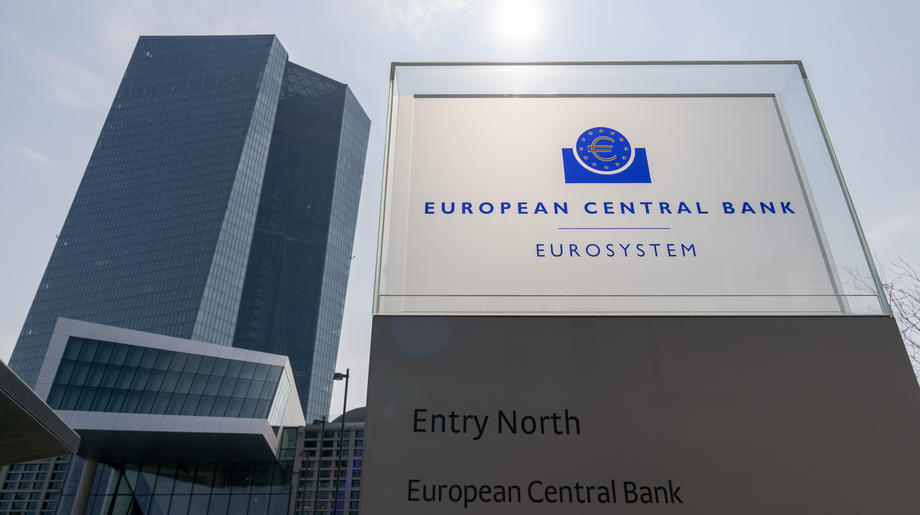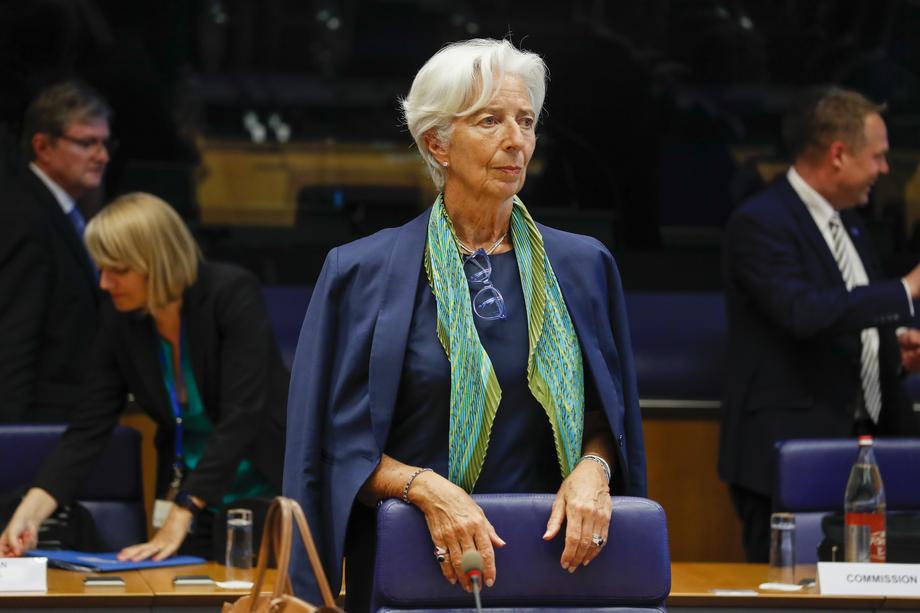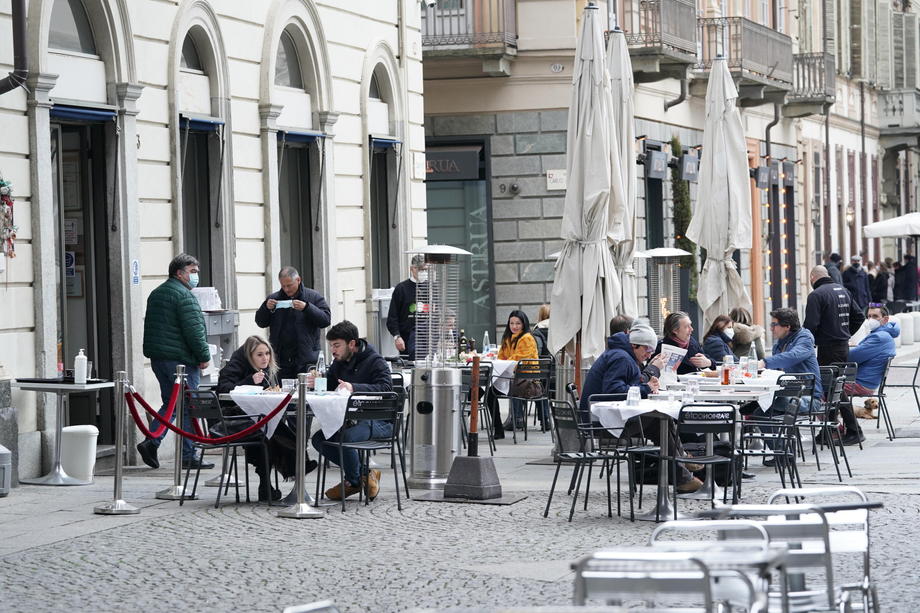Does Mario Draghi still have "what it takes"?
For many experts, the Italian prime minister is the last man standing between the eurozone and the abyss. What will happen if he is gone?
No one in the world is irreplaceable. Or maybe just Mario Draghi is it like that?
Just when the Italian prime minister and former president of the European Central Bank thought he was free of the pressure to be in the spotlight, the global economic crisis pulled him back to where he didn't want to be.
"He is very important because he creates the balance. But you can say that any country that relies on just one person is in trouble," says Eric Fossing Nielsen, chief economic adviser at Italy's second largest bank, UniCredit.
Growing concern for Rome, Brussels and Frankfurt suggests that the abyss may not be so far away, that the ongoing collapse of Italy's finances may become a self-fulfilling prophecy.
With increasingly jittery investors beset by the country's high public debt and bleak economic outlook, the presence of Draghi – who many credit with saving the euro from collapse a decade ago by declaring the central bank would "all it takes" to preserve the single currency – acted as a lifeline to the financial markets. At least for now.
Draghi's ability to save Italy from another disaster was again the subject of conversation last month, knowing that Italian spending has risen to the highest levels since spring 2020, when Italians were worried about the consequences of a terrible life under covid-19.
"Is Italy's debt sustainable?" That question has only one answer: if the European Central Bank says Italy's debt is sustainable, then it is sustainable," said Sonny Kapur, an economist who heads the Nordic Institute for Finance, Technology and Sustainability in Oslo. "If the European Central Bank refuses to say that, then the question will continue to be asked."
Is the salvation in the ECB?
When the country faced such a problem before, it came when a massive bond-buying program was proposed by the ECB to reduce Italy's borrowing costs. And the latest shocks forced the central bank to prepare a similar intervention, which it called an "anti-fragmentation tool". Although the ECB has yet to announce the full details, the aim of this new tool will be to prevent the spread from widening beyond what the central bank considers sustainable.
The options on offer for Draghi's successor, current ECB president Christine Lagarde, are currently complicated by the political realities of the eurozone's north, where the central bank's bond purchases and other urgent policies remain controversial.
But the question here is whether this plan will be enough.
Measures taken by European policymakers in response to the euro crisis that began in 2010 helped prevent Greece's exit from the currency zone, but it took a worsening of the crisis before then-German Chancellor Angela Merkel and other European leaders took appropriate measures.
Many investors are questioning whether Europe's bailout arsenal has enough firepower to bail out Italy, the EU's third-largest economy.
"The numbers aren't that bad, I think there's a lot of fuss being made," says Nielsen.
The real risk is what would happen in the long term, especially after Draghi leaves. Economists agree that Italy's real problem is not so much the position of its fiscal economy, but its chronically tepid growth, which has undercut Europe's leading economies for decades. This leaves it particularly exposed to the deterioration of the economic environment.
The problems for Italy
Many experts, including Draghi himself, have pushed politicians for years to address the geographic differences facing Italy and other southern European countries, which have nothing to do with the health of the core business, by further integrating the eurozone's financial architecture with a unified banking system. system and capital markets.
Although leaders have taken some steps in that direction, the reluctance of Germany and other northern European countries to adopt such measures as region-wide bank deposit insurance has left efforts incomplete and ineffective in combating shocks like the current one.
This means that preventing financial pressure in Italy comes down to maintaining investor confidence.
Mario Draghi is in the spotlight here.
In his days as ECB president, Draghi, worried that European leaders had become too comfortable in their reliance on emergency central bank measures, was tireless in urging governments to undertake structural reforms such as liberalizing labor markets and cutting red tape. .
Now things have changed.
The difficult fight against the pandemic
Since Draghi became prime minister, his main task has been to deal with the devastating covid-19 crisis that has hit Italy. To be able to secure €200 billion in grants from the EU's covid-pandemic rescue fund, he had to speed up the pace of reforms on everything from the justice system to competition rules.
Italy was the first European country hit hard by the pandemic. For now, it has registered over 18 million positive cases, and almost 170 thousand deceased persons.
Although they have managed to somehow control the latest waves of the virus, Italy will feel the consequences for some time to come.
Italy's main tool that has been blocked by the lockdowns across Europe for the past two years seems to be starting to work again, and that is tourism. Italy opened its borders this year without strict covid measures.
If tourism revives, it will be key to improving the Italian economy.
Darling won't be here forever
While it will take years for the reforms themselves to have any real economic impact, they are crucial for Italy to convince financial markets that it will not back down.
But Draghi will not be at the head of the country forever.
Italy is due to hold elections next year, and it is highly unlikely that the 74-year-old prime minister – who was installed as a technocrat with the support of almost every political party – will rule for another term, despite his popularity both at home and abroad. market.
Draghi recently said that he will not be prime minister again. Italy may learn that whatever it takes is no longer an option.


